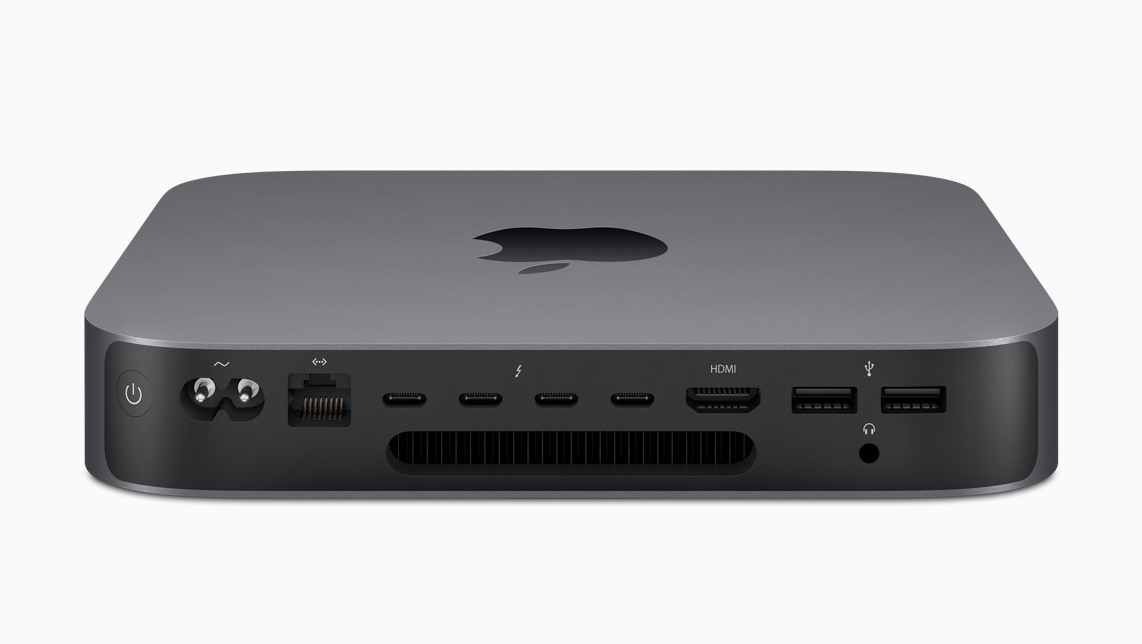
In November 2020, Apple updated the Mac mini with the first Apple silicon chip for the Mac, the M1 chip. However, Apple continues to sell its older, Intel-based Mac mini. The Intel Mac mini last received a significant update in 2018, so why is Apple still selling its older Mac mini?

Curiously, rather than making the older model available for a lower price, Apple is presenting the Intel-based Mac mini as a high-end option, starting at $1,099, which is substantially more than the $699 starting price of the Apple silicon-based Mac mini. Our guide helps to answer the question of how to decide which of these two Mac minis is best for you.
Comparing the M1 Mac mini and the Intel Mac mini
The M1 Mac mini and the Intel Mac mini share a large number of important features such as design, storage capability, and USB-A ports. Apple lists these same features of the two devices:
Similarities
- Compact industrial design
- Up to 2TB storage
- Bluetooth 5.0 wireless technology
- Two USB-A ports
- HDMI 2.0 port
- Gigabit Ethernet or optional 10Gb Ethernet
Although the two Mac minis share a number of features, the two machines have more in contrast than they do in common, including memory capacity, ports, and external display capability.
Differences
M1 Mac mini
- Eight-core Apple M1 chip with eight-core GPU and 16-core Neural Engine
- Up to 16GB unified memory
- Support for one display up to 6K and one display up to 4K
- Two Thunderbolt / USB 4 ports
- 802.11ax Wi-Fi 6
- Silver
Intel Mac mini
- Up to six-core Intel Core i7 processor with Intel UHD Graphics 630
- Up to 64GB memory
- Support for up to three 4K displays or one 5K display and one 4K display
- Four Thunderbolt 3 (USB-C) ports
- 802.11ac Wi-Fi
- Space Gray
Read on for a closer look at each of these aspects, and see exactly where Apple's Mac minis differ.
Performance
The key difference between the two Mac minis is their processors. The main Mac mini Apple now sells contains the M1 chip, which is Apple's first custom silicon SoC for the Mac. The M1 has an eight-core CPU with four performance cores and four efficiency cores, and an eight-core GPU.

Apple also offers the Mac mini with two different Intel processors, a 3.0GHz 6-core Intel Core i5 with Turbo Boost up to 4.1GHz, and a 3.2GHz 6-core Intel Core i7 with Turbo Boost up to 4.6GHz. Both come with Intel UHD Graphics 630.
In Geekbench 5 averages, the 3.0GHz 6-core Intel Core i5 achieves a single-core score of 998, while the more powerful 3.2GHz 6-core Intel Core i7 model comes in with a single-core score average of 1,101.

When looking at average multi-core scores, the 3.0GHz model comes in at 4,651 while the 3.2GHz model achieves an average score of 5,474.

Early benchmarks suggest that the M1 in the Apple silicon Mac mini achieves a much higher single-core score of 1,682 and a multi-core score of 7,097, and the M1's extremely impressive performance has been demonstrated in other benchmarks.

Since the M1 is clearly more powerful than either of the Intel offerings in the Mac mini, who should consider the Intel processors? If you need to run Windows via Boot Camp, virtual machine apps that virtualize x86_64 platforms, apps which you are concerned may not run well under Rosetta 2's translation layer, or use eGPUs, the Intel Mac mini offers a more reliable option. If your workflow is dependent on older technologies, it may be better to buy the Intel Mac mini until Apple Silicon becomes more mature.
For the vast majority of users, the M1 offers a major performance increase, but a small segment of "pro" users may be better suited to an Intel-based machine.
Memory
The M1 Mac mini only supports configurations of 8GB or 16GB of unified memory, but the Intel Mac mini can support up to 64GB of memory. While 8GB or 16GB should be sufficient for most users given the efficiency of having everything integrated on one chip, some pro workflows demand much larger amounts of memory. In these cases, the Intel Mac mini, which offers significantly higher 32GB and 64GB RAM configurations, will be a much more viable option.
Connectivity and Ports
Unlike memory, where the Intel Mac mini is clearly more capable, the picture is a bit mixed when it comes to connectivity and ports.
The M1 Mac mini has two Thunderbolt and USB 4 ports, while the Intel Mac mini has four Thunderbolt 3 and USB 3 ports. So, if you need more ports the Intel Mac mini is better, but if you need to connect USB 4 devices at maximum speeds, you will need the M1 Mac mini.

Both models come with Gigabit Ethernet as standard, with 10Gb Ethernet available on both as a $100 upgrade. On the other hand, the M1 Mac mini supports 802.11ax Wi-Fi 6, while the older Intel Mac mini only supports 802.11ac Wi-Fi.
As a result, neither of the Mac mini models is clearly better. Choosing between the two models will depend on what specific connectivity requirements you have. Generally, pro users may be better off getting the Intel model for now due... Click here to read rest of article
Article Link: Apple Silicon M1 Mac Mini vs. Intel Mac Mini Buyer's Guide
Last edited:

